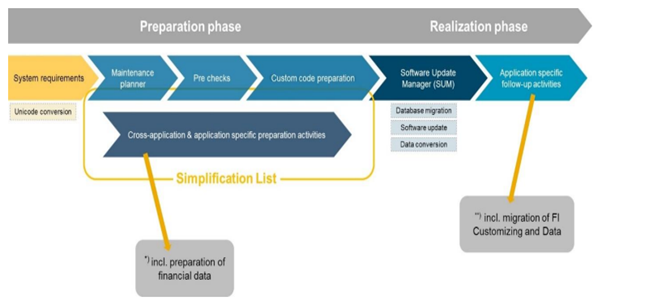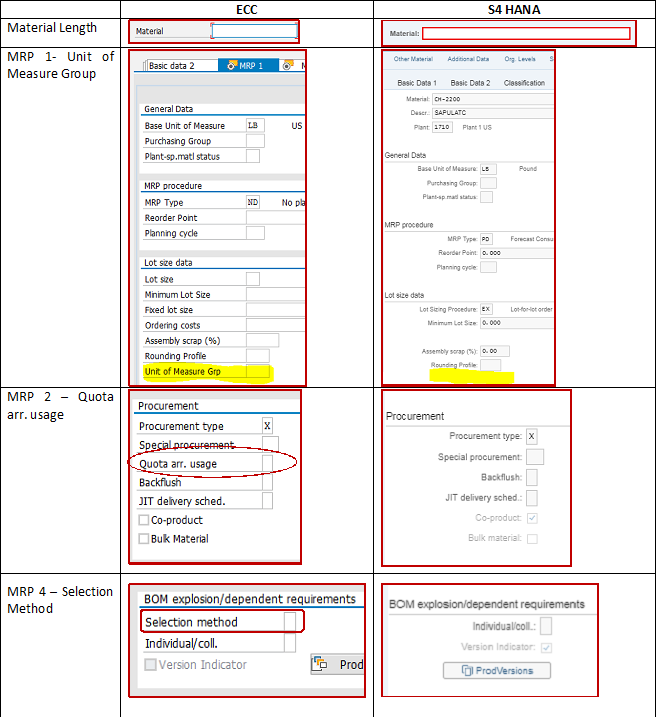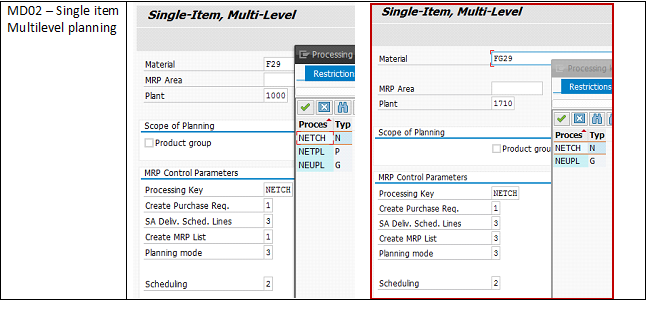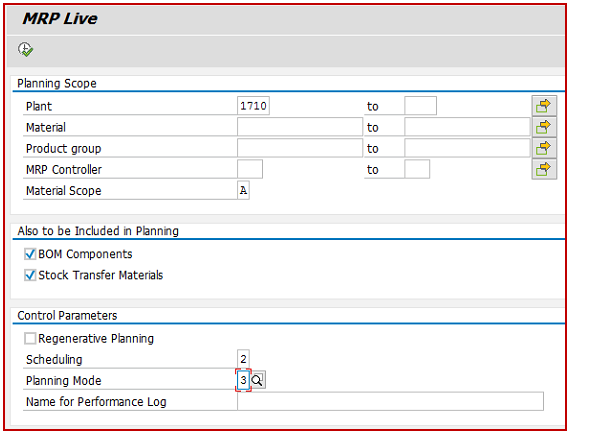S/4HANA – Manufacturing Modifications and Functionalities
Publish Date: October 6, 2017The new SAP implementations or migrations are on SAP S/4 HANA 1610 and higher versions. When we upgrade or migrate from SAP ECC 6.X to S/4HANA, we need to take into consideration some of the perquisites, which SAP has published in the Simplification list. In the simplification list, the features that are available, functionality added and those functionalities that are being stopped are shared. During the migration activities, some of the important facts need to be shared with the client also. Some of the important features related to manufacturing area are mentioned below.
The sequential steps to migrate are shown in the image below:

Some of the features and the functionalities in the Manufacturing area are detailed out below:
The length of the material code is now extended from 18 CHAR to 40 CHAR.
Some of the changes in the Material Requirement Planning views namely MRP-1,2,3,4 are
- Unit of measure group which is used in the retail (MRP-1)
- MRP considers the quota arrangement – Quota arr. Usage (MRP-2)
- Selection of BOM and routing is based on production version – Selection method (MRP-4)
- Action control, Fare share rule, push distribution, deployment horizon is part of REM or assembly manufacturing
- Another part is the storage location tab for storage location MRP planning
Henceforth all the above mentioned are not activated. The material requirement is simplified in the S/4HANA
version. Transactions related to the logistics batch management have been replaced by enjoy transactions – MSC1N, MSC2N, MSC3N, MSC4N.
MRP Live in HANA
MRP live is one of the improved version in material requirement planning. It reads the material receipts & requirements, calculated the shortages and then creates the planned orders and the purchase requisitions. Some of the advantages of MRP live are as follows:
- It allows to plan the set of materials specified for the MRP planner and also across different plants.
- We can also plan the group of the materials assigned to a product group.
- MRP live plans the materials sequentially by determining the requirements and across different plants.
- It is also a pre-requisite for the future proposed solution like PP/DS in S/4HANA
Some of the differences in the classic MRP and the MRP live are
- It does not write the MRP lists
- Make to order planning – MD50 is not optimized in HANA
- Projects related planning – MD51 is also not optimized in HANA.
- Purchase requisitions are created for the materials which are defined for external procurement. Purchase requirement indicator as available in classic is not available in MRP Live
- Also, delivery schedule lines are created automatically based on the valid delivery schedules. Delivery schedule line indicator is not available in MRP live.
Planning file Entry logic has been simplified and optimized in S/4HANA
for consistency and update performance. MRP always determines the shortages and requirements of all the known materials. MRP does not support the NETPL- Net change planning in the planning horizon.
MRP live does not consider the forecast based planning but it markups the requirements and sends the information to be processed in the classic ABAP based planning. This effects the performance. The forecast demand and the planned independent requirements are similar. But, S/4HANA
avoids the redundant data functionality. So the forecasted information should be passed to the demand as planned independent requirements and the MRP type should be VV.
ABAP List based PI sheets have to be replaced by browser-based PI sheets. Currently, there is no other alternative. Currently, in the system, X-Step based process instructions are available in S/4HANA and are to be used for the characteristic based process instructions.
Another functionality is MRP related to subcontracting. For every subcontracting vendor, we need to maintain the subcontracting vendor as one of the MRP areas. For every part provided to the subcontractor, a new area-specific master data is not required to be created every time.
Sales Operation Planning(SOP) is going to be replaced by Integrated business planning (IBP). IBP supports all the features of SOP like – Forecasting, Multi-level planning, along with some advanced features like – advanced statistical forecasting, multi-level supply planning, an optimizer, collaboration tools, using an Excel-based UI, and Web-based UIs.
There are many more features and functionalities that are going to come with the latest versions of S/4HANA. Many of the interfaces like Manufacturing Execution and Manufacturing Intelligence & Integration, Plant connectivity are going to be the advanced features in the manufacturing area that are going to be seen a big change.



Looking for more information on SAP S/4HANA? Watch on Demand Webinar
Kiran Kumar Madhurakavi, SAP Senior Consultant PPQM @YASH Technologies
















